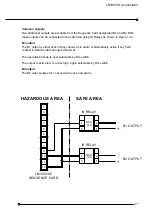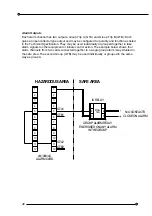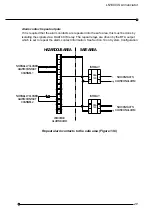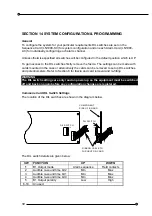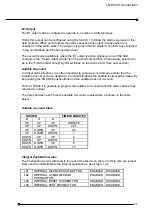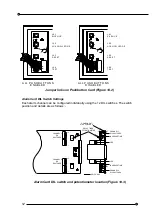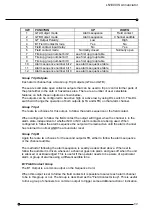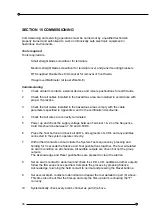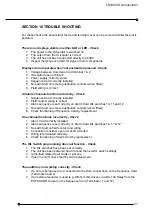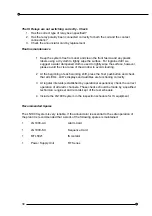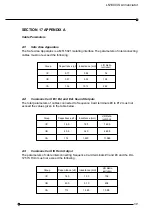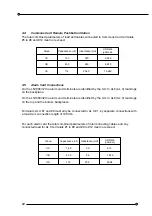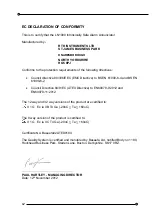
LN1000 IS Annunciator
61
LN1000 Anti-static Precautions
Static Electricity can cause serious, permanent damage to unprotected electronic equipment.
Everyday activities such as walking across a carpet, working at a bench, or simply handling
items can generate large static voltages. Clothing is a common source of static electricity,
particularly garments made from man-made fibres such as nylon. Even cotton clothing can
generate significant static at low humidity levels.
There are other, less familiar, causes of static electricity. Air conditioning systems, for
example, can produce significant levels of ambient static charge. Unwrapping goods
packaged in plastic film, bubble-wrap and expanded polystyrene can also generate high
levels of static electricity.
Electrostatic Discharge (ESD) occurs when the static charge held by an item (such as a
screwdriver or a finger) is transferred to another item at a different electrical potential. This
common phenomenon often results in a noticeable "crack" or "zap" at the point of discharge.
Note, however, that serious damage can occur at relatively low static potentials that do not
necessarily cause a "zap" - ESD does not always advertise its presence!
The LN1000 has been designed to withstand ESD strikes to the casing and terminals. In
common with most Printed Circuit Boards (PCB) the Alarm Cards and Commons Card
contain sensitive components that can be damaged by voltages as low as a few tens of volts.
Consequently, since activities such as walking across a sealed concrete floor, or just working
at a bench, can generate static charges of several
thousand
volts, it follows that the PCB
circuits can easily be damaged.
It is important to be aware of this risk when configuring the LN1000, since this involves
opening the case and adjusting dip switches, links and potentiometers on the PCB's. To
minimise the risk of static damage, always configure the units using ESD Protection
techniques. Earthed wrist straps and anti-static overalls should also be worn to dissipate
static charge which can build up on personnel. Ionizers and humidifiers can also be
employed to neutralise ambient static charge. Full details on the EPA can be found in
British
Standard BSEN100015-1: Protection of Electrostatic Sensitive Devices.
The likelihood of ESD damage can be eliminated by observing the following precautions:
1.
Configure the LN1000 using appropriate ESD protection techniques
2.
Always use an earthed wrist strap and, if possible, wear anti-static overalls
3.
Minimise touching sensitive points on the PCB such as the link pins, and do not touch
any other components
4.
Ensure the Alarm Cards and Commons Card are only handled by personnel familiar
with anti-static precautions
5.
Keep all conductive material, food and drink, away from the PCB's and the open
annunciator

